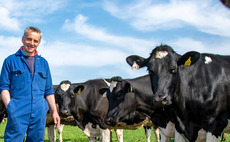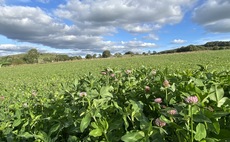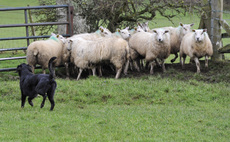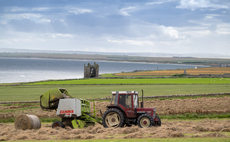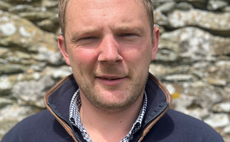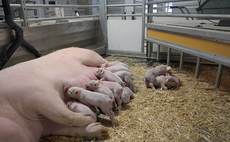As part of this month's #FarmingCAN special feature, we take a look at a collaborative project that is working with local landowners, graziers and regulatory bodies to drive restoration and sustainable management works in an iconic land area on the Wales/England border.
The Black Mountains Land Use Partnership was established in 2015 with funding from the Welsh Government's Nature Fund.
Its purpose is to promote the restoration and sustainable management of more than 10,000 hectares of the 24,000ha concerned, while improving the well-being and economic resilience of those who live and work in the area.
All the farmers and landowners involved retain their individuality over private business concerns.
Work
Work to date has included bracken management works to improve access and the grazable area of the mountains for livestock, pathway restoration and latterly peat restoration work.
Phil Stocker, National Sheep Association chief executive, was appointed chairman of the group in 2017.
He said: "We have seen the partnership strengthen the relationship between farmers and landowners as well as that between regulatory bodies and the local business community, to the extent that we have secured funding to do a host of work that benefits everyone."
Much has been achieved during the last six years, including securing the Welsh Government Sustainable Management Scheme grant funding that allowed 320ha of bracken management work to be undertaken.
Mr Stocker said: "Although some bracken can be valuable to wildlife, it can out-compete desirable plants and invade bare soil and its spread is a risk to other important habitats.
"A number of control approaches were able to be trialled, with a bracken control plan now in place with the aim of improving access for livestock on and off the hill so grazing management can be used more effectively to control bracken while preventing further biodiversity loss."
Improvement
Other ground improvement work includes a large area of peat wetting and heather restoration, while some 3,000 metres of paths have also been restored.
"The investment in making stone pathways along the Offas Dyke path has meant that most people walk on the pathway and stay off the peat and heather vegetation - something that was causing substantial damage," said Mr Stocker.
Facilitation of education and local economy skills development, including a payment for ecosystems services report and report on alternative uses for wool and bracken, is also a big area of work for the partnership.
"We have great ideas for what could be done to make bracken and wool into valuable resources such as wool products with provenance, composts, and biofuels," Mr Stocker said.
"But ultimately, we are seeing the wider potential for the regeneration of a rural community, with the result being that more young people want to stay and work in the area."
Visit the #FarmingCAN hub








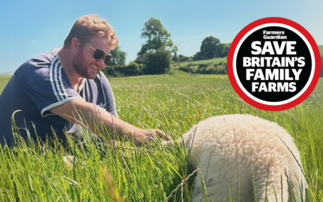

![Farming industry get behind FG's SAVE BRITAIN'S FAMILY FARMS campaign: "[This] campaign will help deliver our message to Government"](https://image.chitra.live/api/v1/wps/877bbe7/0f91ad70-ab9b-4ac9-bc2a-53dfa9e75558/10/BOB-Nigel-Owens-0848-Recovered-323x202.jpg)
